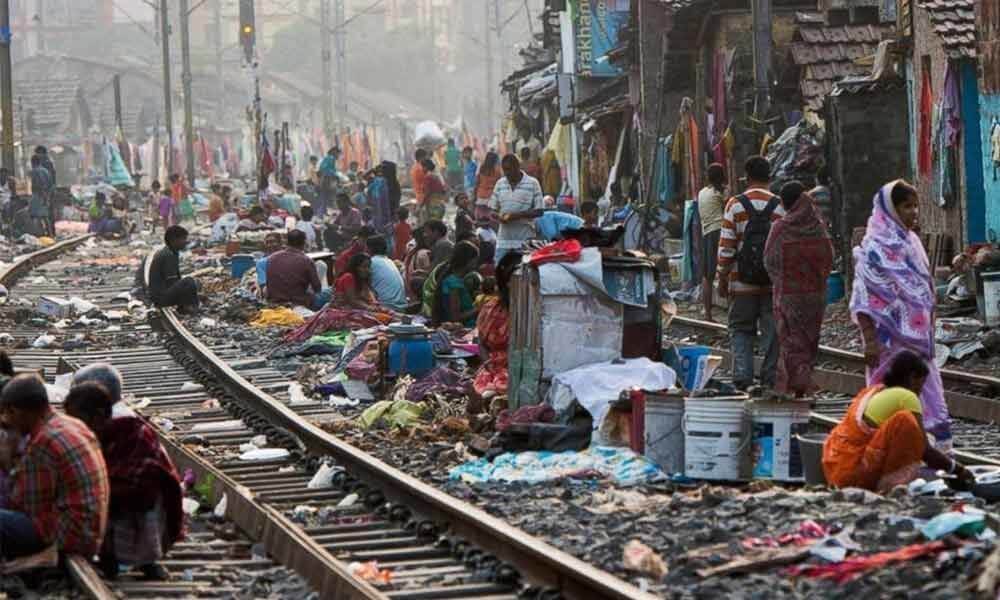According to the UN, India has made great progress in poverty reduction, with 415 million people moving out of poverty in a very short period of 15 years, from 2005/2006 to 2019/2021.
India’s progress was outlined in the latest update of the global Multidimensional Poverty Index (MPI), which was released jointly by the United Nations Development Programme (UNDP) and the University of Oxford’s Oxford Poverty and Human Development Initiative (OPHI).
India Reduces Incidence and Intensity of Poverty
In India, poverty fell from 55.1% in 2005/2006 to 16.4% in 2019/2021, implying that 415 million people moved out of poverty during this period.
According to the report, deprivation in all the indicators decreased in India, and “the poorest states and groups, including children and people in disadvantaged caste groups, had the fastest absolute progress.”
India’s MPI value is now 0.069. Further, the proportion of individuals in India who are multidimensionally poor and disadvantaged in terms of nutrition has decreased from 44.3% in 2005-06 to 11.8% in 2019-21. Additionally, child mortality decreased from 4.5% to 1.5%.
Poor people who lack cooking fuel fell from 52.9% to 13.9%, while those who lack sanitation dropped from 50.4% in 2005-06 to 11.3% in 2019-21.
In the drinking water indicator, the percentage of persons who are multidimensionally poor and deprived declined from 16.4% to 2.7% during the time. Similarly, the percentages related to electricity unavailability dropped from 29% to 2.1% and lack of housing from 44.9% to 13.6%.
India was one of 19 countries that reduced its worldwide MPI value by half during this period from 2005/2006 to 2015/2016.
Our new #MultidimensionalPovertyIndex w/ @ophi_oxford reveals that 25 countries halved their global MPI values w/in 15 years, showing rapid progress is attainable.
— UN Development (@UNDP) July 11, 2023
Yet, around 1.1 billion people in 111 countries still live in multidimensional poverty.
📖 https://t.co/Cohwapy8pX pic.twitter.com/593w9wEk6i
Poverty Dimensions in Different Countries
According to the 2023 report, 1.1 billion people (or slightly more than 18% of the global population) live in acute multidimensional poverty across 110 nations. Five out of every six poor people live in Sub-Saharan Africa (534 million) and South Asia (389 million).
The report shows that Cambodia reduced its MPI by half in 7.5 years despite increases in deprivation and school attendance during a period that included the COVID-19 pandemic years (2014-2021/2022).
Poverty rates range from less than 1% in 21 countries to more than 50% in 22, 19 of which are in Sub-Saharan Africa, including the poorest four: Burundi (75.1% in 2016/2017), Central African Republic (80.4 % in 2018/2019), Chad (84.2% in 2019), and Niger (91% in 2012), the report stated.
According to the report, 65.3% of the poor (730 million) reside in middle-income nations, where the prevalence of poverty ranges from 0.1% in Serbia (in 2019) to 66.8 per cent in Benin (in 2017/2018).
Multidimensional Poverty Index
The global MPI is an important worldwide resource that assesses severe multidimensional poverty in over 100 developing nations. The global MPI begins by creating a deprivation profile for each home and everyone in it, which records deprivation in ten categories ranging from health to education to standard of living. Global MPI values decrease when there are fewer poor people or when poor people have fewer deprivations.
This report provides a concise update on the global condition of multidimensional poverty. It integrates data from 110 developing nations comprising 6.1 billion people, accounting for 92% of the population in developing countries.
It analysed trends from 2000 to 2022, focusing on 81 nations with similar data, and observed that 25 countries effectively reduced their global MPI values in half within 15-year periods, demonstrating that poverty reduction is attainable.

